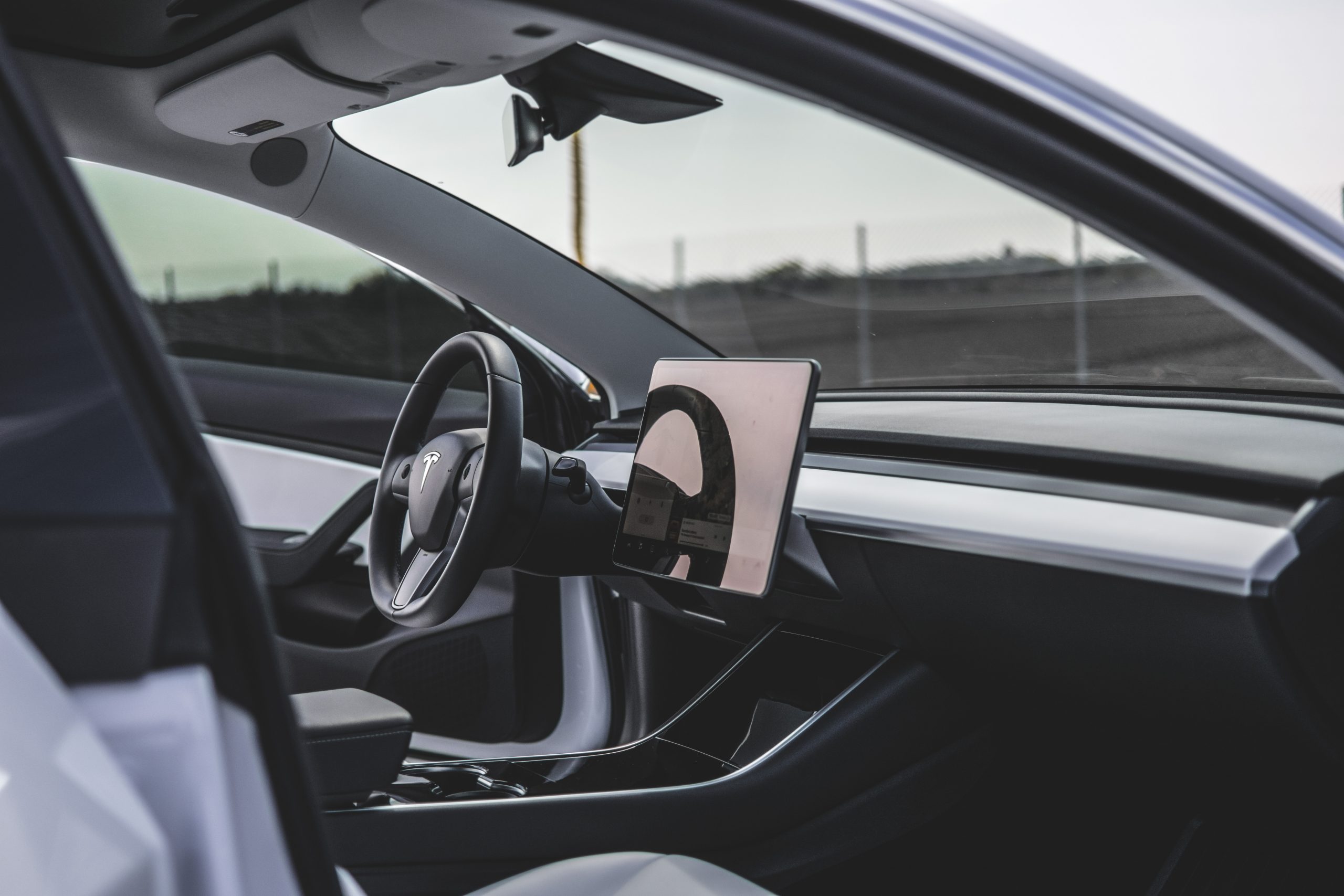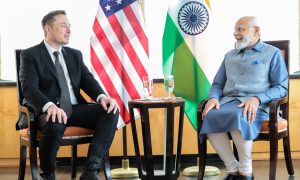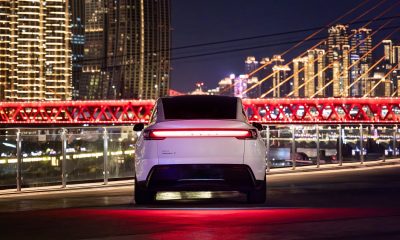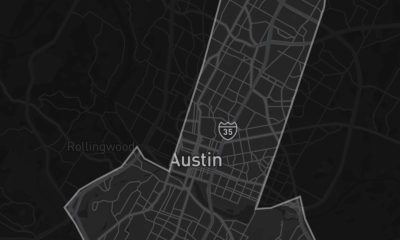Back when the Model 3 was unveiled, Tesla immediately attracted a good amount of criticism over the vehicle’s design. Arguments against the all-electric sedan were many, with arguments being presented against its utilization of a single 15” center display and its hyper-minimalistic interior. The vehicle’s glovebox, which could only be opened through the touchscreen, also attracted its own fair share of eyebrows.
‘Crazy’ and ‘Impractical’ Ideas
To a good number of car enthusiasts, the idea of a glovebox that can’t even be opened manually was insane. Practically all vehicles in the market, from affordable econoboxes from Japan to luxury cars from Germany employ a manual latch for the glovebox, after all. It was something that was so simple, so traditional, and here Tesla was stubbornly refusing to follow along.
It would be pretty easy to put a manual latch on the glovebox, so Tesla’s insistence on an electronically-operated mechanism seemed almost like hubris on the EV maker’s part. Tesla did roll out changes to the Model 3’s glovebox, such as a feature that automatically opens the storage area in the event of a crash. This was rolled out following an incident where a Model 3 was involved in an accident that shattered the 15” display, giving the driver a very difficult time accessing the vehicle’s title and insurance papers.
Over the years, Tesla has added numerous features to the Model 3. These include Sentry Mode, which actively monitors a vehicle’s surroundings, and TeslaCam, which acts as a built-in dashcam for the all-electric sedan on the road. The videos were saved on a flash drive that drivers would need to insert into the front USB port of the Model 3. The feature is incredibly useful, though it requires some work on the part of Tesla’s customers. This was perhaps the reason why the use of features like Sentry Mode and TeslCam are not universally used by drivers. This may change soon with the introduction of the 2021 Model 3.
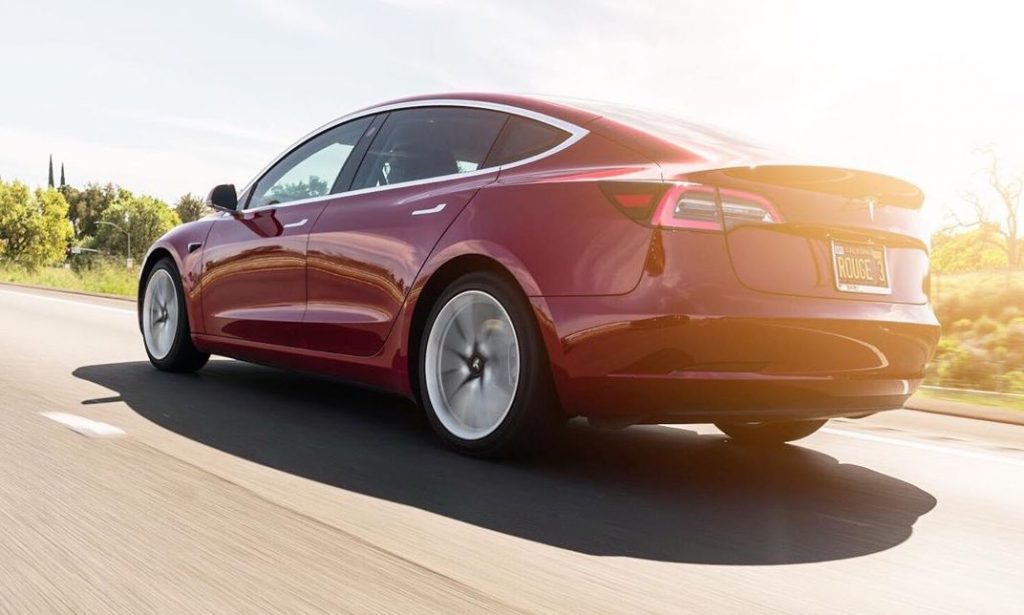
Pieces of a Puzzle
For the Model 3 “refresh,” Tesla introduced a number of key updates, from a new center console and new Aero Wheels to new headlights. Minor updates were also introduced, such as a USB port inside the glovebox. A video from Hong Kong featuring a 2021 Model 3 further revealed that the USB port inside the glovebox already has a 64 GB flash disk in it. This incredibly minor change, which almost feels like an afterthought considering the Model 3’s major updates, makes features like Sentry Mode and TeslaCam much easier to use.
This makes the Model 3 more secure as well, as even thieves that are familiar with Teslas will no longer have any way to access the flash drive that contains the vehicle’s video recordings. Prior to the “refresh,” thieves could simply rip out the flash drive that holds Sentry Mode’s recordings, which is quite unlikely but still plausible. This will no longer be true with the 2021 Model 3, especially as Tesla has already added an extra layer of security in the form of “Glovebox PIN,” which was previously released through an over-the-air software update.
What is quite remarkable is that these improvements would not work as well as they do now if Tesla had included a manual latch for the Model 3’s glovebox. It was difficult to see the point behind Tesla’s stubborn refusal to include something as simple as a physical glovebox latch during the vehicle’s initial launch and release, but it appears that the feature, or lack thereof, was something that would be useful years into the vehicle’s release.
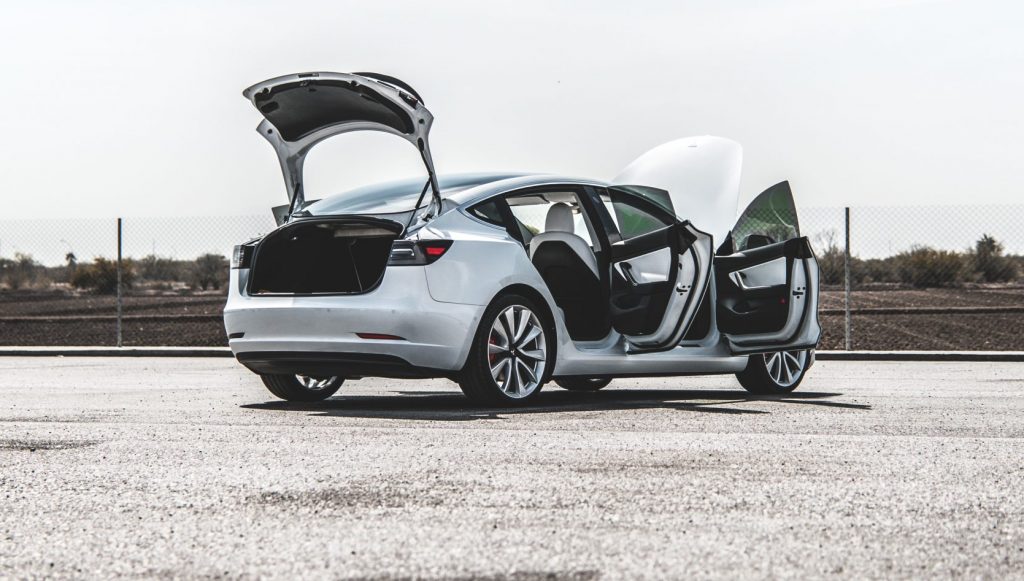
The Long Game
This is something that has become much of a theme in the Tesla story. The company or its CEO does something, and critics pounce on the opportunity to squeeze in a few shots. Products are rolled out and improved through over-the-air updates, and before the dust settles, Tesla and Elon Musk’s once-controversial strategies end up making sense. This was the case with the Model 3’s glovebox, and it would likely be true for other controversial aspects of Tesla’s vehicles as well, such as the Cybertruck’s design and novel features.
Ultimately, this tendency could very well be explained by the fact that Tesla simply looks farther ahead than any of its critics. Tesla skeptics may focus on what the company is doing now, or the state of its products today, but Elon Musk and his team are always looking into the future. This may very well be the reason why even Wall Street analysts seem to have a difficulty understanding Tesla’s business. Just recently, for example, Morgan Stanley upgraded TSLA stock to an “Overweight” rating. According to the financial firm, this is due to Tesla’s business expanding from carmaking to other segments such as software. This is something that longtime TSLA bulls have been highlighting for years.
What is rather interesting is that Tesla may continue to confound skeptics for years to come. Just like the Model 3’s glovebox, the company is still rolling out strategies and products that don’t make sense for skeptics, such as the FSD beta and features like Smart Summon. A look at Autopilot’s subpar scores in tests from organizations such as Consumer Reports highlight this point. Yet just like the humble Model 3 glovebox, perhaps features like Summon could serve a higher purpose years down the road.
News
Tesla launches in India with Model Y, showing pricing will be biggest challenge
Tesla finally got its Model Y launched in India, but it will surely come at a price for consumers.
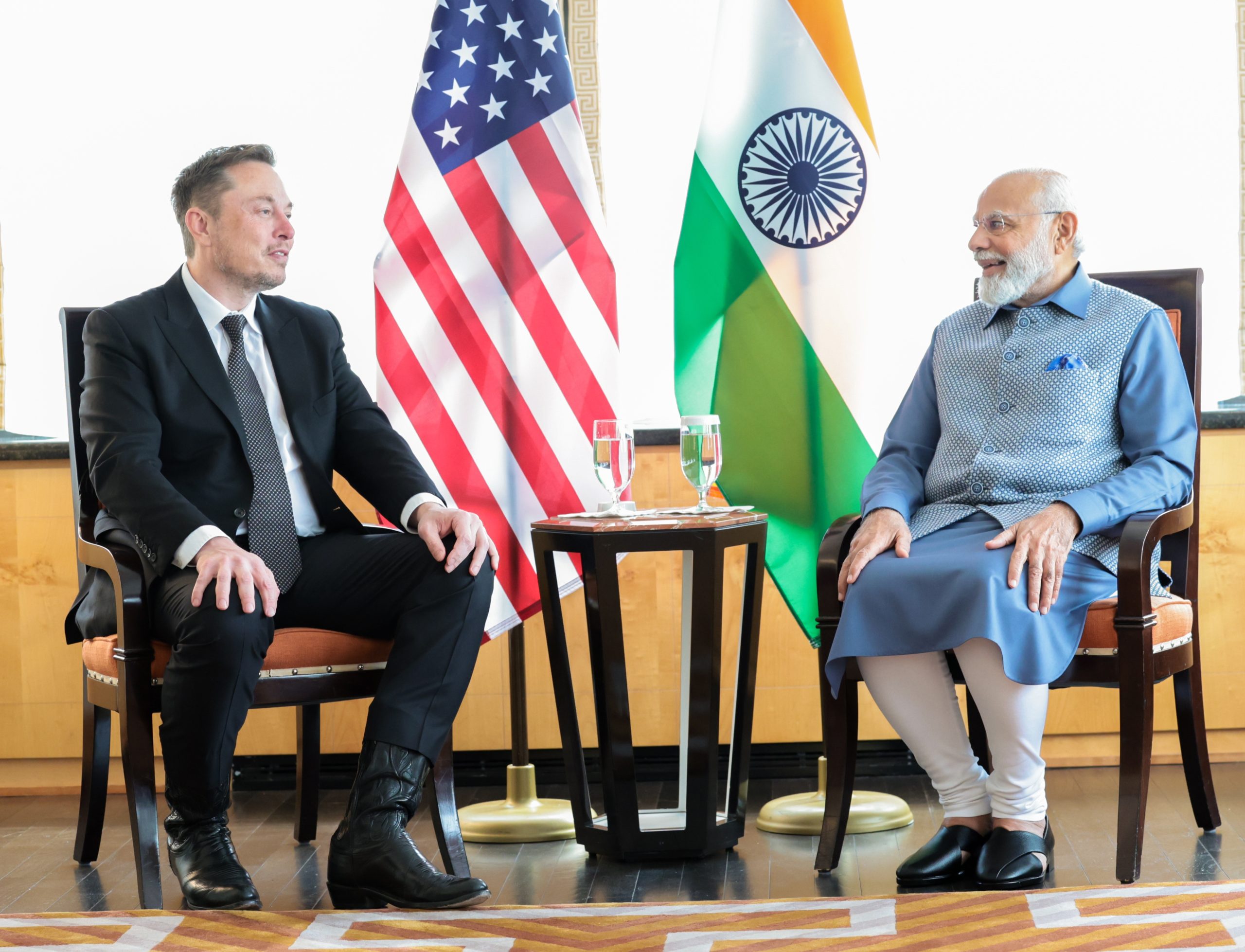
Tesla has officially launched in India following years of delays, as it brought its Model Y to the market for the first time on Tuesday.
However, the launch showed that pricing is going to be its biggest challenge. The all-electric Model Y is priced significantly higher than in other major markets in which Tesla operates.
On Tuesday, Tesla’s Model Y went up for sale for 59,89,000 rupees for the Rear-Wheel Drive configuration, while the Long Range Rear-Wheel Drive was priced at 67,89,000.
This equates to $69,686 for the RWD and $78,994 for the Long Range RWD, a substantial markup compared to what these cars sell for in the United States.
🚨 Here’s the difference in price for the Tesla Model Y in the U.S. compared to India.
🚨 59,89,000 is $69,686
🚨 67,89,000 is $78,994 pic.twitter.com/7EUzyWLcED— TESLARATI (@Teslarati) July 15, 2025
Deliveries are currently scheduled for the third quarter, and it will be interesting to see how many units they can sell in the market at this price point.
The price includes tariffs and additional fees that are applied by the Indian government, which has aimed to work with foreign automakers to come to terms on lower duties that increase vehicle cost.
Tesla Model Y seen testing under wraps in India ahead of launch
There is a chance that these duties will be removed, which would create a more stable and affordable pricing model for Tesla in the future. President Trump and Indian Prime Minister Narendra Modi continue to iron out those details.
Maharashtra Chief Minister Devendra Fadnavis said to reporters outside the company’s new outlet in the region (via Reuters):
“In the future, we wish to see R&D and manufacturing done in India, and I am sure at an appropriate stage, Tesla will think about it.”
It appears to be eerily similar to the same “game of chicken” Tesla played with Indian government officials for the past few years. Tesla has always wanted to enter India, but was unable to do so due to these import duties.
India wanted Tesla to commit to building a Gigafactory in the country, but Tesla wanted to test demand first.
It seems this could be that demand test, and the duties are going to have a significant impact on what demand will actually be.
Elon Musk
Tesla ups Robotaxi fare price to another comical figure with service area expansion
Tesla upped its fare price for a Robotaxi ride from $4.20 to, you guessed it, $6.90.

Tesla has upped its fare price for the Robotaxi platform in Austin for the first time since its launch on June 22. The increase came on the same day that Tesla expanded its Service Area for the Robotaxi ride-hailing service, offering rides to a broader portion of the city.
The price is up from $4.20, a figure that many Tesla fans will find amusing, considering CEO Elon Musk has used that number, as well as ’69,’ as a light-hearted attempt at comedy over the past several years.
Musk confirmed yesterday that Tesla would up the price per ride from that $4.20 point to $6.90. Are we really surprised that is what the company decided on, as the expansion of the Service Area also took effect on Monday?
But the price is now a princely $6.90, as foretold in the prophecy 😂
— Elon Musk (@elonmusk) July 14, 2025
The Service Area expansion was also somewhat of a joke too, especially considering the shape of the new region where the driverless service can travel.
I wrote yesterday about how it might be funny, but in reality, it is more of a message to competitors that Tesla can expand in Austin wherever it wants at any time.
Tesla’s Robotaxi expansion wasn’t a joke, it was a warning to competitors
It was only a matter of time before the Robotaxi platform would subject riders to a higher, flat fee for a ride. This is primarily due to two reasons: the size of the access program is increasing, and, more importantly, the service area is expanding in size.
Tesla has already surpassed Waymo in Austin in terms of its service area, which is roughly five square miles larger. Waymo launched driverless rides to the public back in March, while Tesla’s just became available to a small group in June. Tesla has already expanded it, allowing new members to hail a ride from a driverless Model Y nearly every day.
The Robotaxi app is also becoming more robust as Tesla is adding new features with updates. It has already been updated on two occasions, with the most recent improvements being rolled out yesterday.
Tesla updates Robotaxi app with several big changes, including wider service area
News
Tesla Model Y and Model 3 dominate U.S. EV sales despite headwinds
Tesla’s two mainstream vehicles accounted for more than 40% of all EVs sold in the United States in Q2 2025.
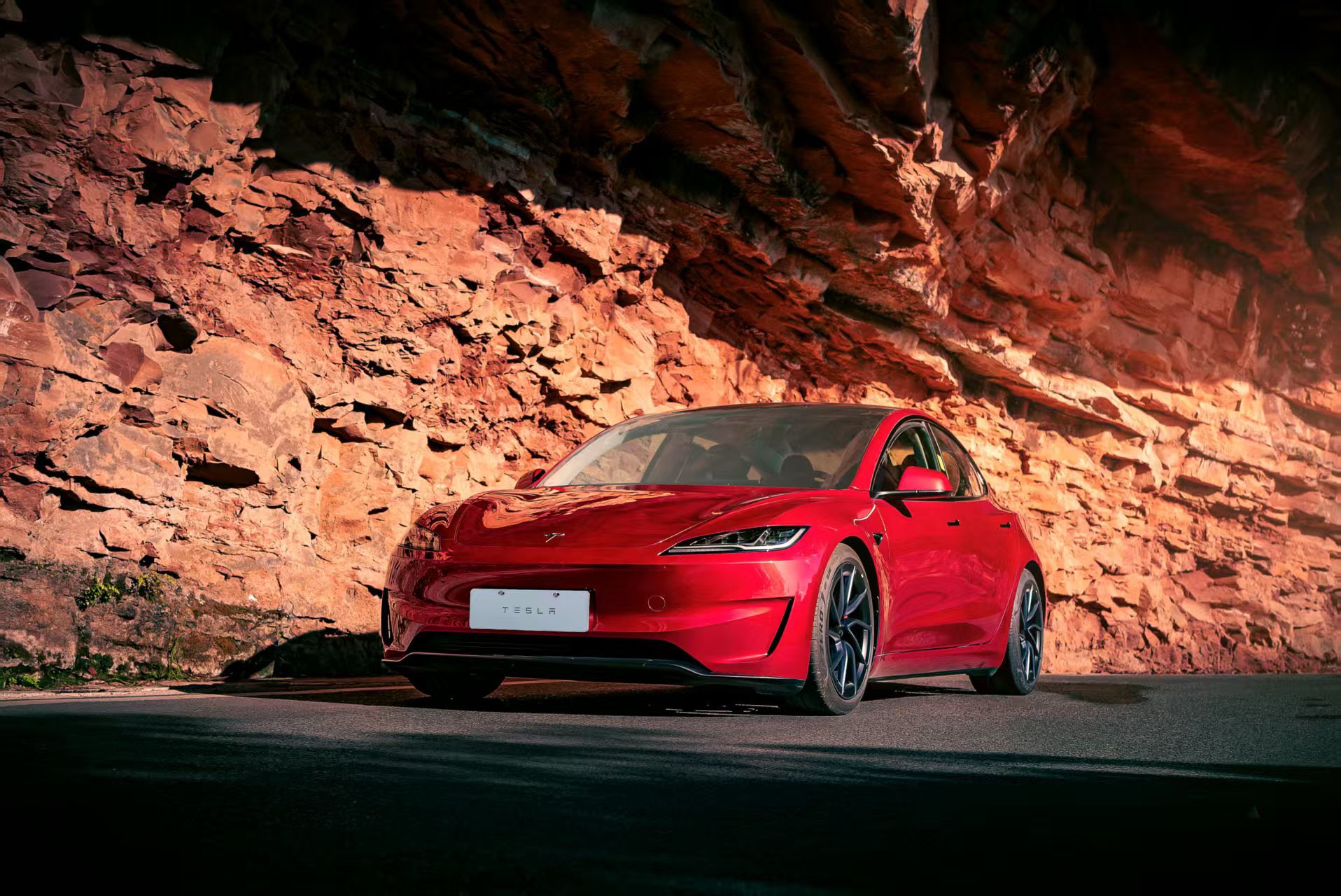
Tesla’s Model Y and Model 3 remained the top-selling electric vehicles in the U.S. during Q2 2025, even as the broader EV market dipped 6.3% year-over-year.
The Model Y logged 86,120 units sold, followed by the Model 3 at 48,803. This means that Tesla’s two mainstream vehicles accounted for 43% of all EVs sold in the United States during the second quarter, as per data from Cox Automotive.
Tesla leads amid tax credit uncertainty and a tough first half
Tesla’s performance in Q2 is notable given a series of hurdles earlier in the year. The company temporarily paused Model Y deliveries in Q1 as it transitioned to the production of the new Model Y, and its retail presence was hit by protests and vandalism tied to political backlash against CEO Elon Musk. The fallout carried into Q2, yet Tesla’s two mass-market vehicles still outsold the next eight EVs combined.
Q2 marked just the third-ever YoY decline in quarterly EV sales, totaling 310,839 units. Electric vehicle sales, however, were still up 4.9% from Q1 and reached a record 607,089 units in the first half of 2025. Analysts also expect a surge in Q3 as buyers rush to qualify for federal EV tax credits before they expire on October 1, Cox Automotive noted in a post.
Legacy rivals gain ground, but Tesla holds its commanding lead
General Motors more than doubled its EV volume in the first half of 2025, selling over 78,000 units and boosting its EV market share to 12.9%. Chevrolet became the second-best-selling EV brand, pushing GM past Ford and Hyundai. Tesla, however, still retained a commanding 44.7% electric vehicle market share despite a 12% drop in in Q2 revenue, following a decline of almost 9% in Q1.
Incentives reached record highs in Q2, averaging 14.8% of transaction prices, roughly $8,500 per vehicle. As government support winds down, the used EV market is also gaining momentum, with over 100,000 used EVs sold in Q2.
Q2 2025 Kelley Blue Book EV Sales Report by Simon Alvarez on Scribd
-

 News3 days ago
News3 days agoTesla debuts hands-free Grok AI with update 2025.26: What you need to know
-

 Elon Musk1 week ago
Elon Musk1 week agoElon Musk confirms Grok 4 launch on July 9 with livestream event
-

 Elon Musk5 days ago
Elon Musk5 days agoxAI launches Grok 4 with new $300/month SuperGrok Heavy subscription
-

 News2 weeks ago
News2 weeks agoTesla Model 3 ranks as the safest new car in Europe for 2025, per Euro NCAP tests
-

 Elon Musk2 weeks ago
Elon Musk2 weeks agoxAI’s Memphis data center receives air permit despite community criticism
-

 News5 days ago
News5 days agoTesla begins Robotaxi certification push in Arizona: report
-

 Elon Musk2 weeks ago
Elon Musk2 weeks agoTesla scrambles after Musk sidekick exit, CEO takes over sales
-
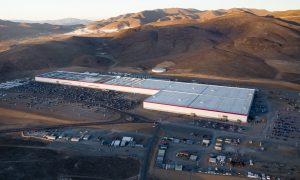
 Elon Musk2 weeks ago
Elon Musk2 weeks agoTesla reveals it is using AI to make factories more sustainable: here’s how

